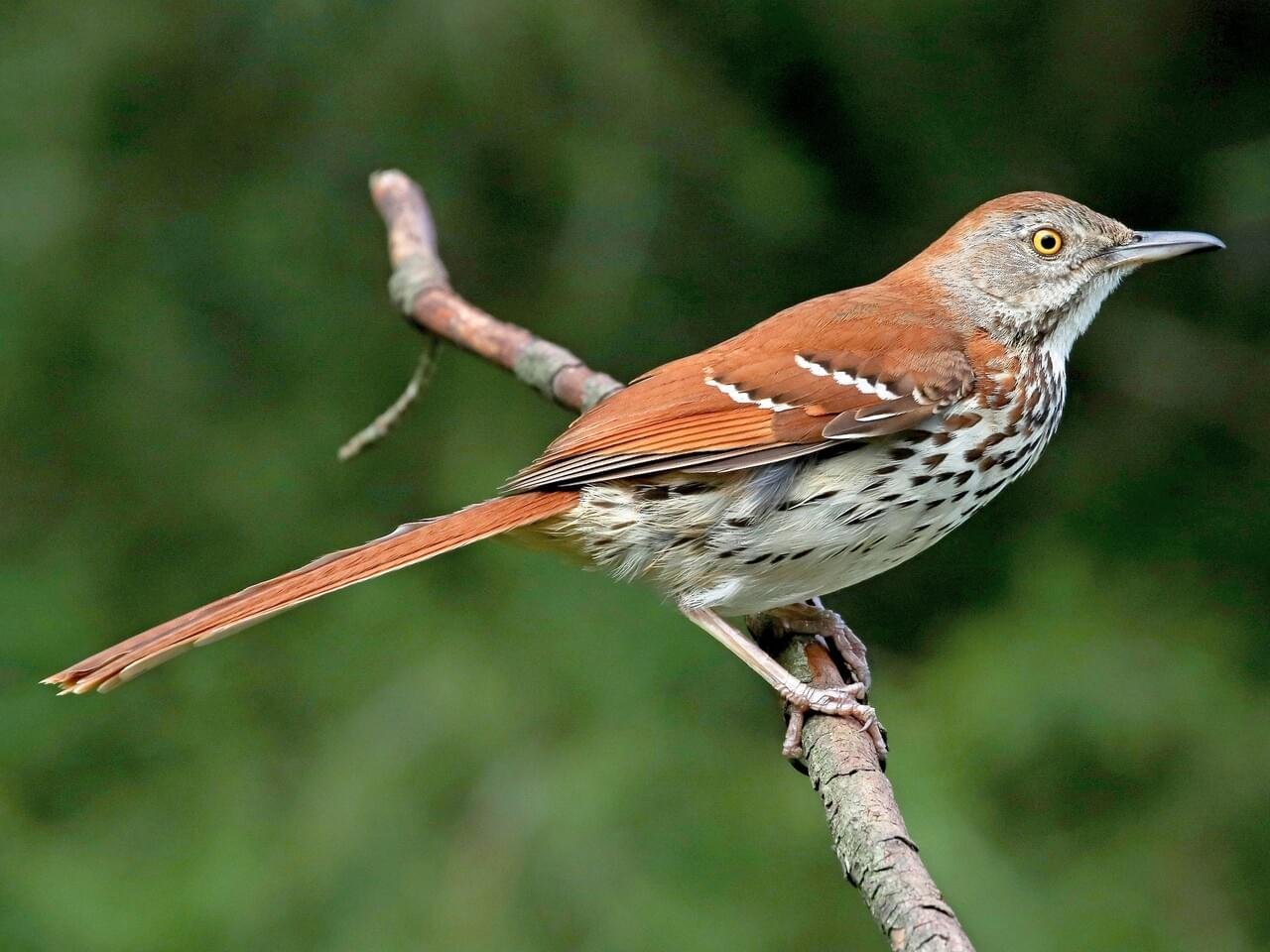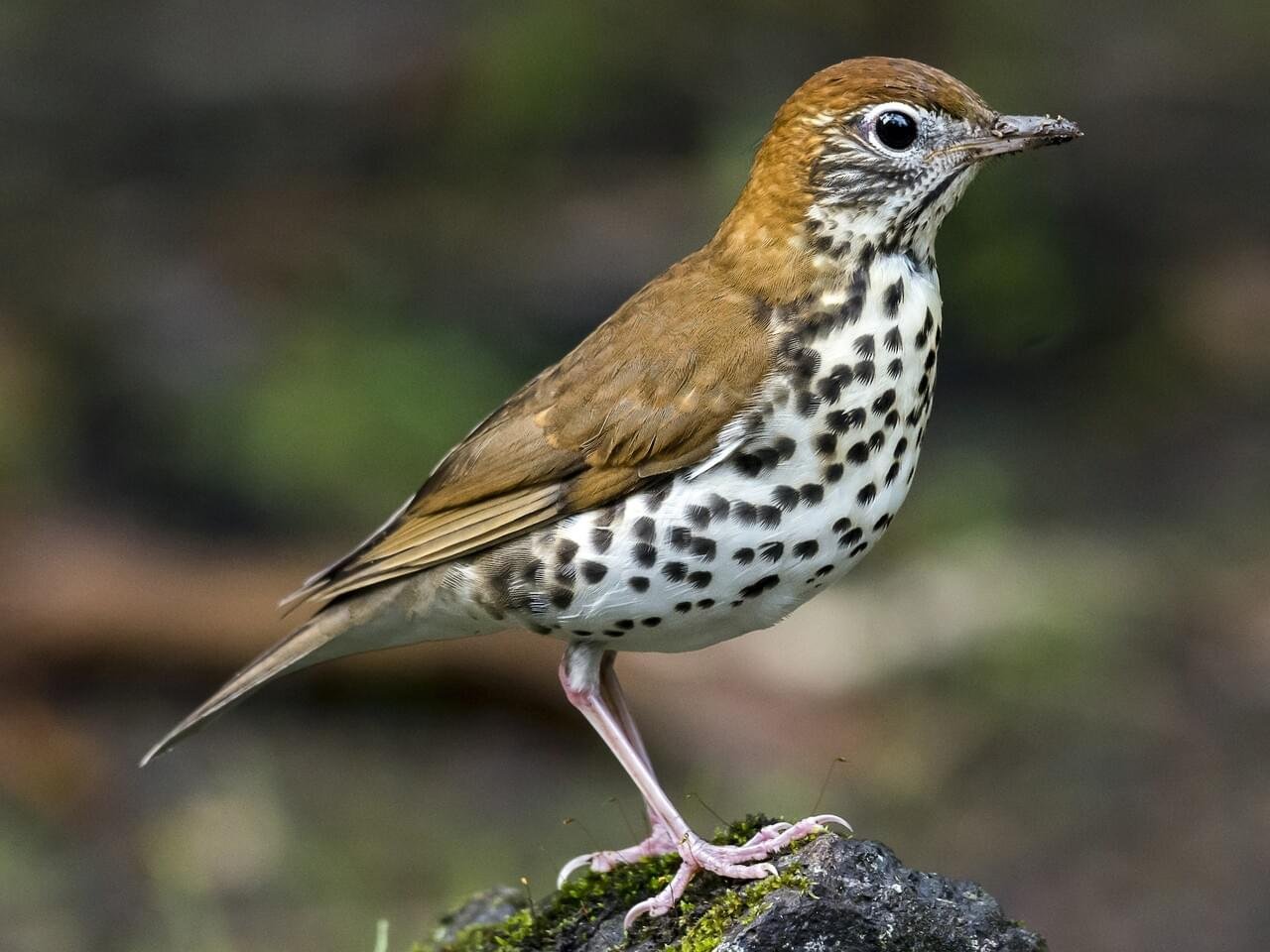I’m seeing plenty of evidence around my yard that many birds continue to nest. This is the 2nd year an American Robin chose the downspout of the house gutter to build its nest and is currently sitting on 4 eggs. This is actually the third attempt as the first was likely preyed upon by a rat snake. The second attempt was successful as 4 babies fledged. To my surprise Carolina Wrens started a new nest on the covered back porch in a pot of ferns. I was already aware of at least 3 other Carolina wren nests around the house.
In my front yard there is a nest of Bluebirds just days from fledging and I recently witnessed a baby Great crested flycatcher leaving a nestbox situated 20 yards away from the Bluebird box. GCF’s are known to put a snakeskin in their nests so I’m eager to open the box now that they have fledged to see. Hopefully, there will be a picture to share next week. Great crested Flycatchers are quite common around wooded areas with adjacent open yards. They are close in size to a Cardinal and like most flycatchers have a large head and broad shoulders. Their markings are such that they blend in with surrounding foliage and they are often heard before being seen repeating their clear, rising “reep” calls. They are reddish brown above with grey heads. The crest is brownish but not as prominent as you might think for a bird with “crested” in its name. The belly of these birds is lemon yellow. You must see this bird through binoculars to realize its beauty.
I will be looking for a 2nd nesting to begin soon and will try to get pictures of eggs and babies. I will be cautious, however, as the nestbox is 12’ high and GCF’s are reported to be quite aggressive about defending the nest from intruders.
We hear from many of you Bluebirds are having a lot of success this year. Let us know what birds you are seeing on the nest.
Next week let the Hummingbird fun begin.









